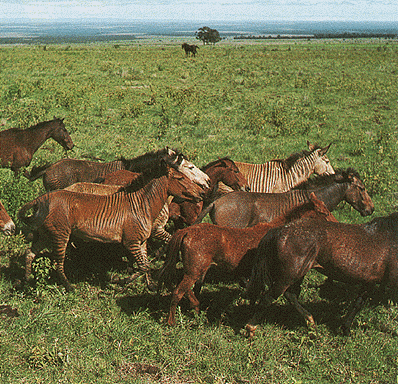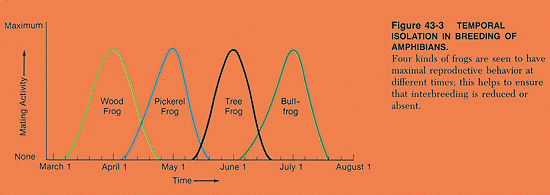
Distribution of mating activity in five sympatric frog species. Differences in mating seasen prevents gene flow among them.
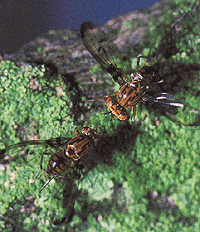 | 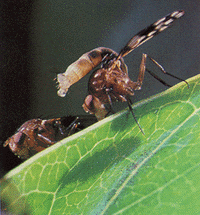 | 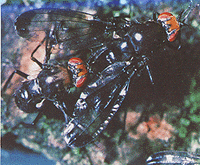 |
Differences in courtship behaviour in the sympatric and morphologically similar Hawaiian fruitflies. Females respond only to behaviors characteristic of her own species. Drosophila heteroneura left, Drosophila simulans middle, and Drosophila ?right.
Reproductive structures or genitalia of species are morphologically very different so that fertilization or efficient pollen transfer between the two is not possible.
Individuals of the two species live in the same general area (sympatric), but inhabit different habitats, such as open grassland versus woodland, swampy places versus dry rocks, different soil types, etc. Habitat separation can effectively prevent gene flow.
.
Gametes can not meet or fuse together due to the lack of appropriate chemical cues.
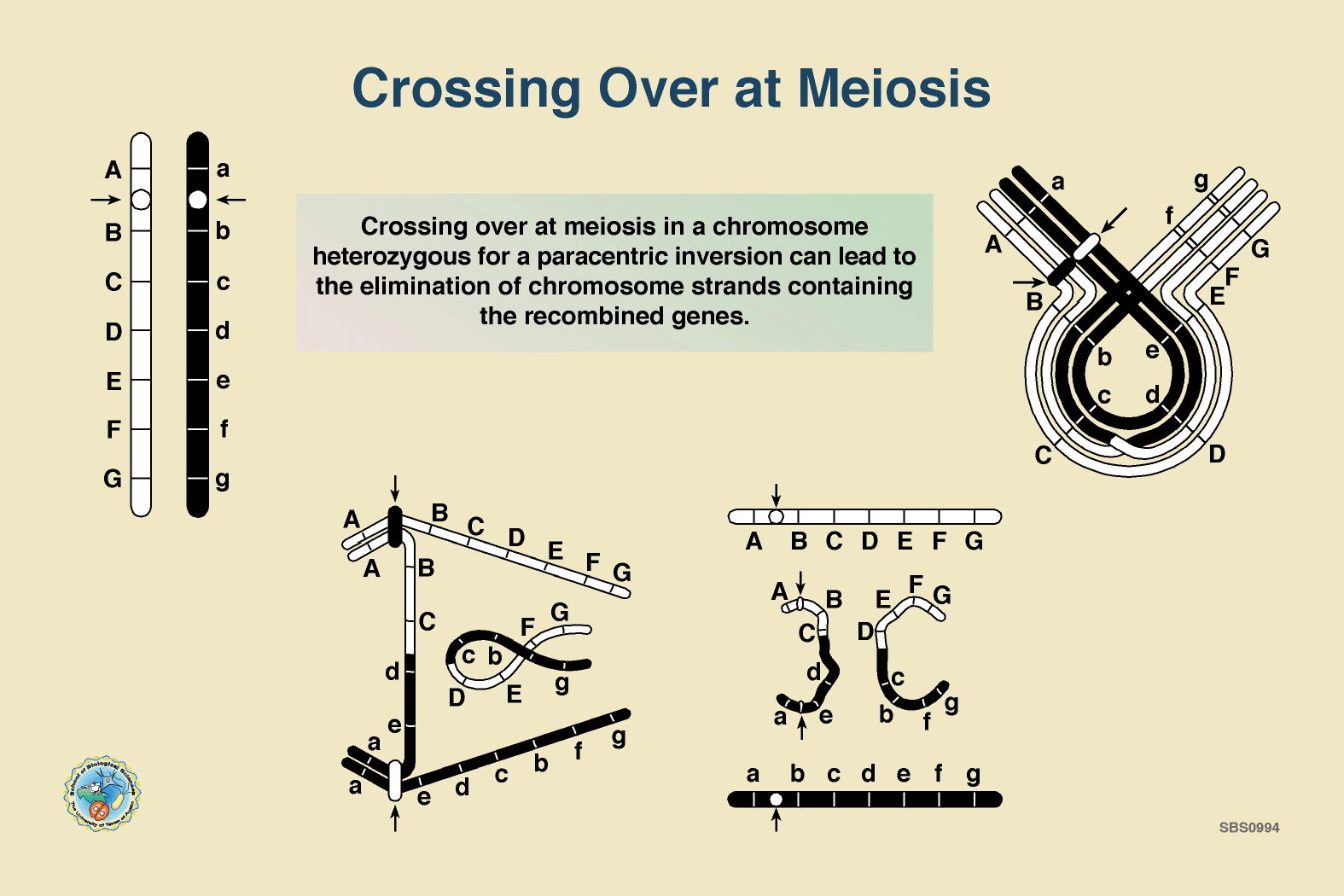
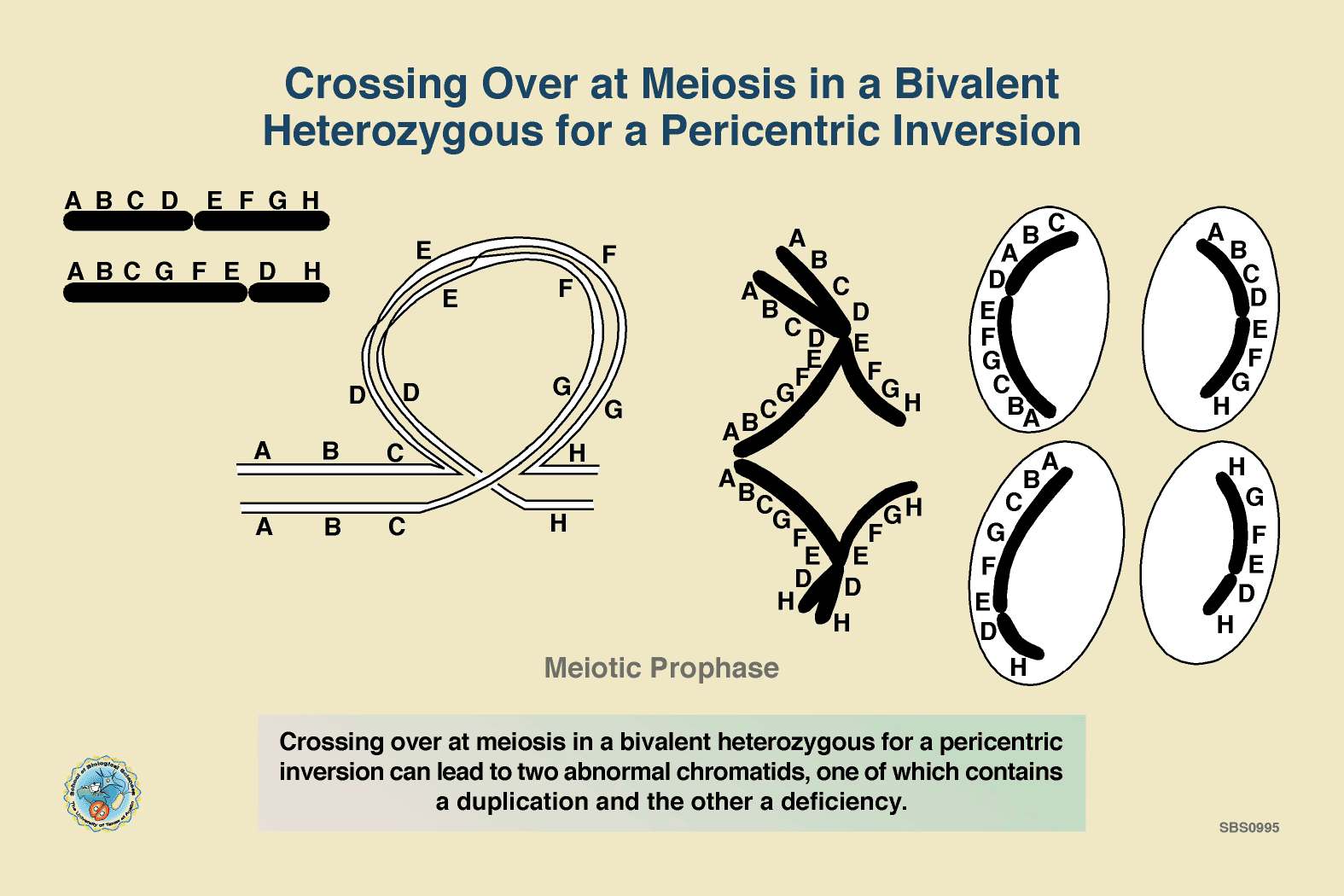
.gif)
.gif)
